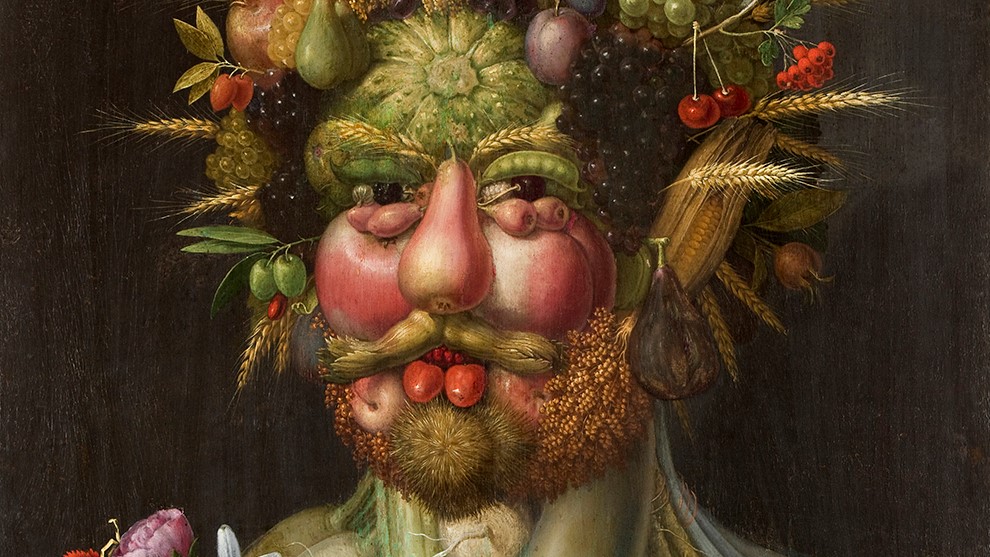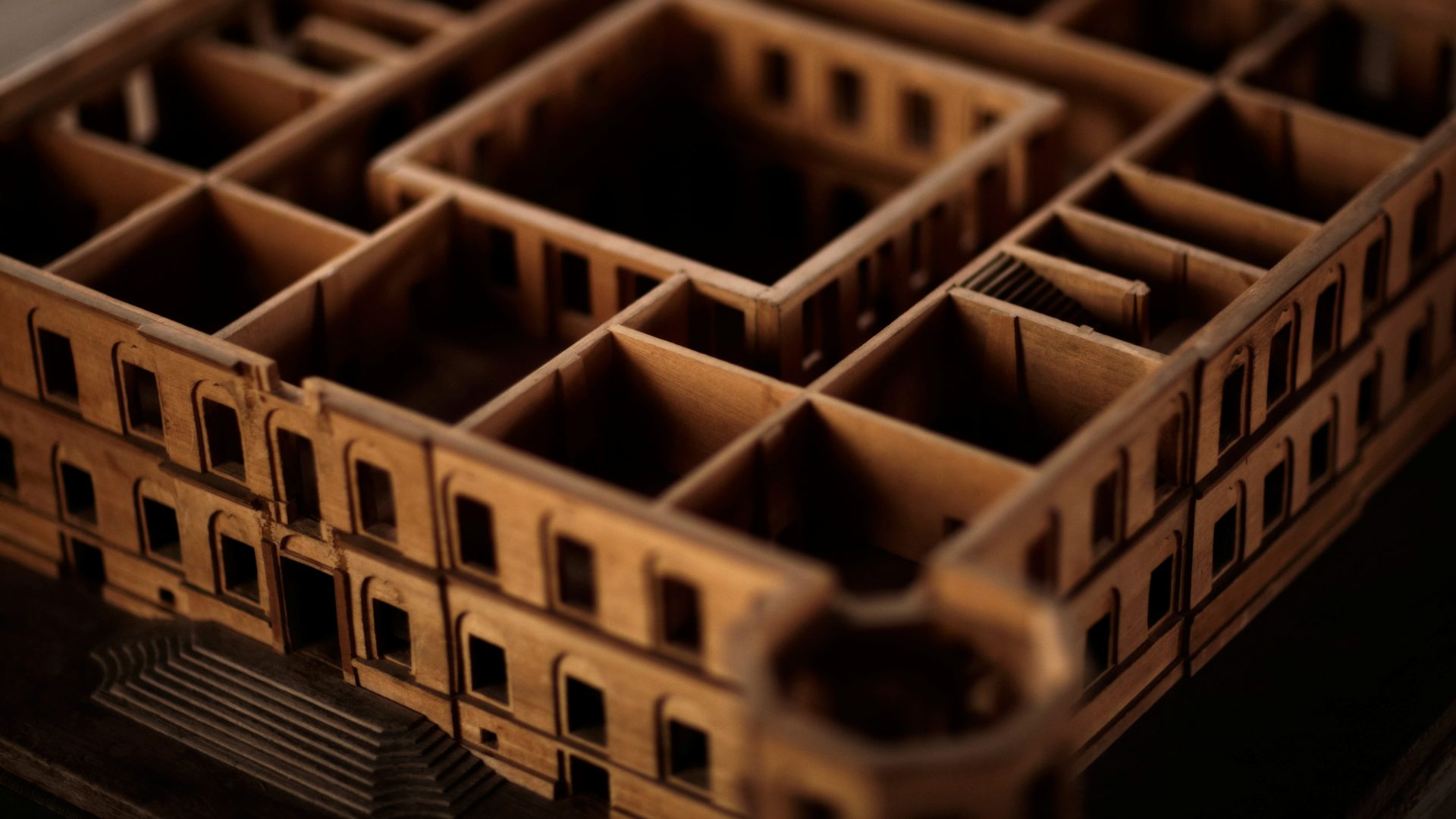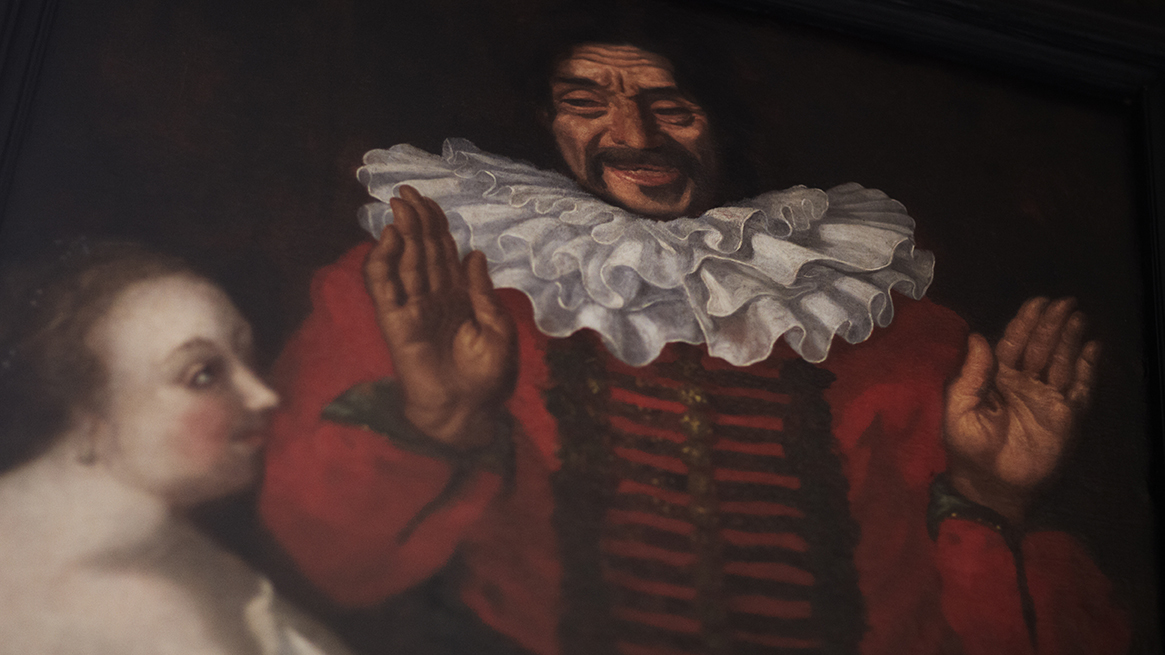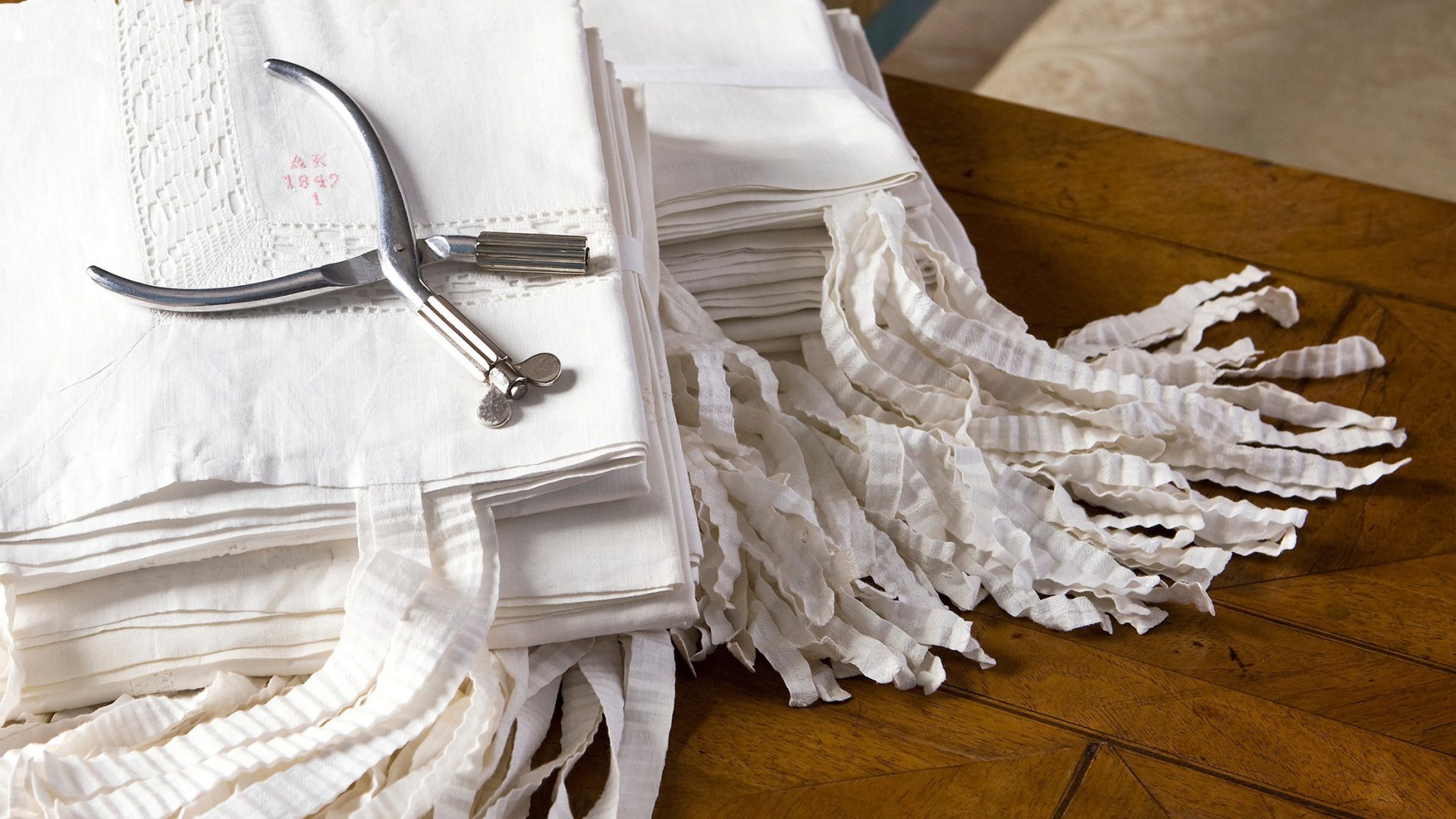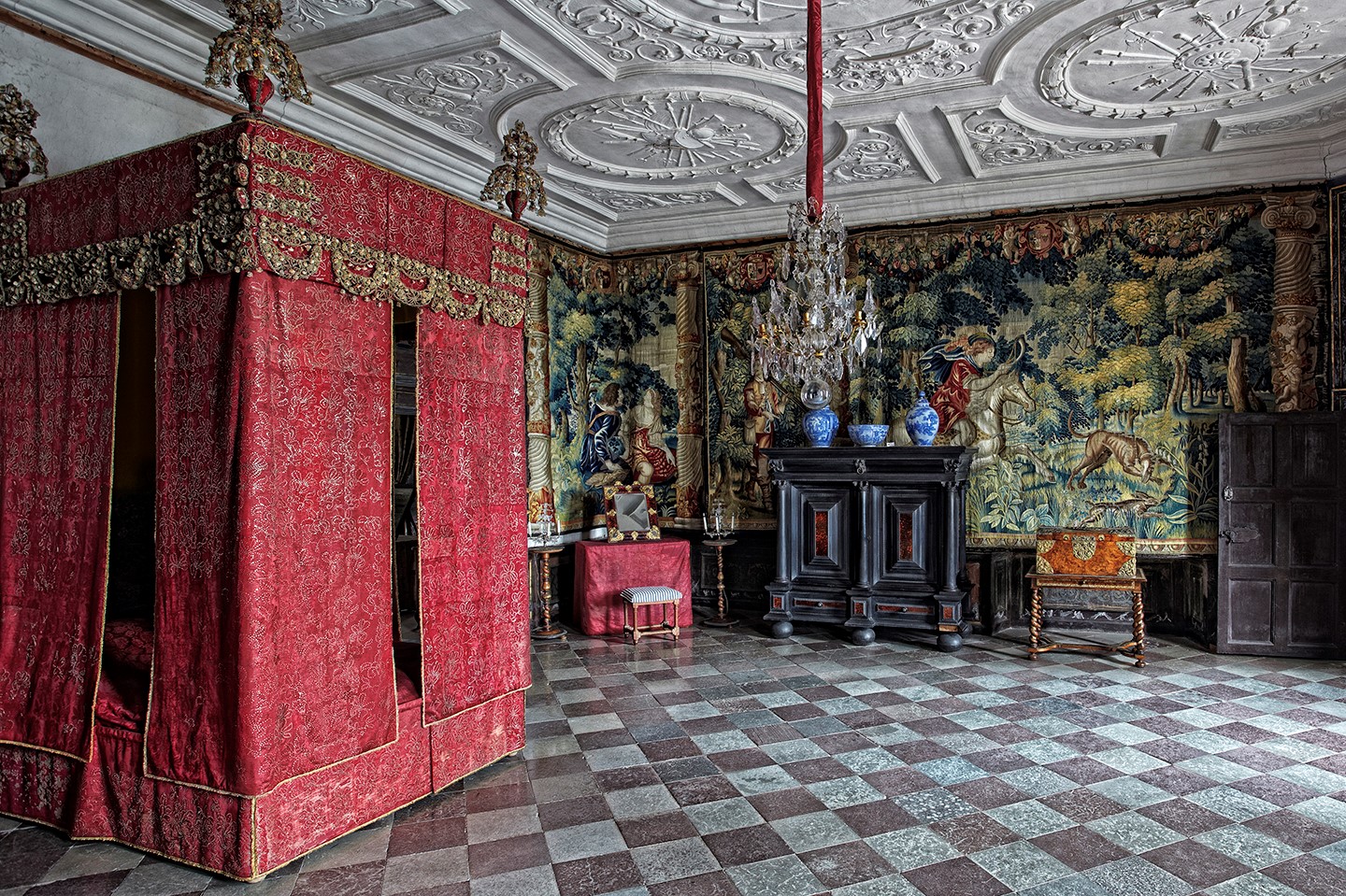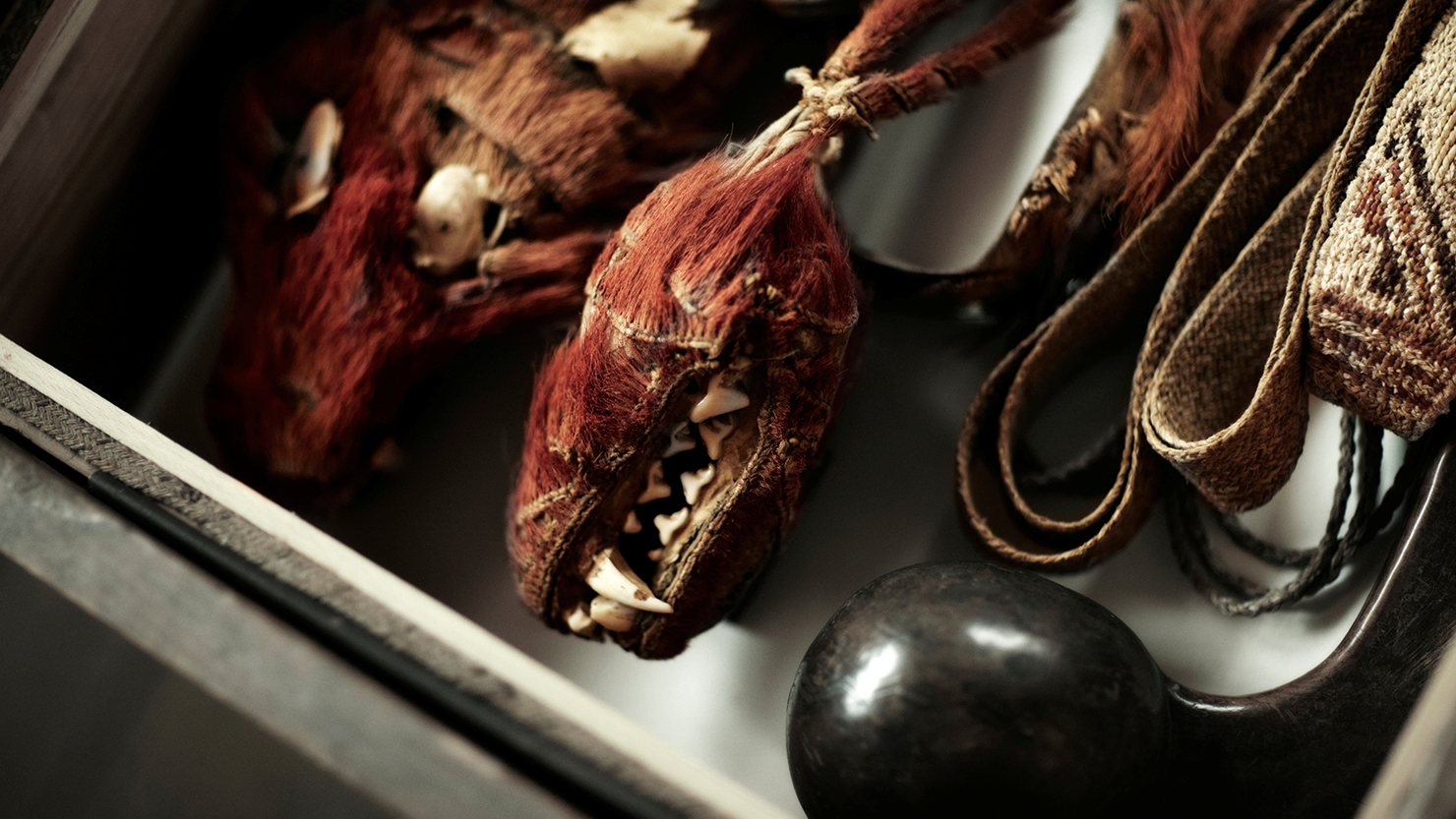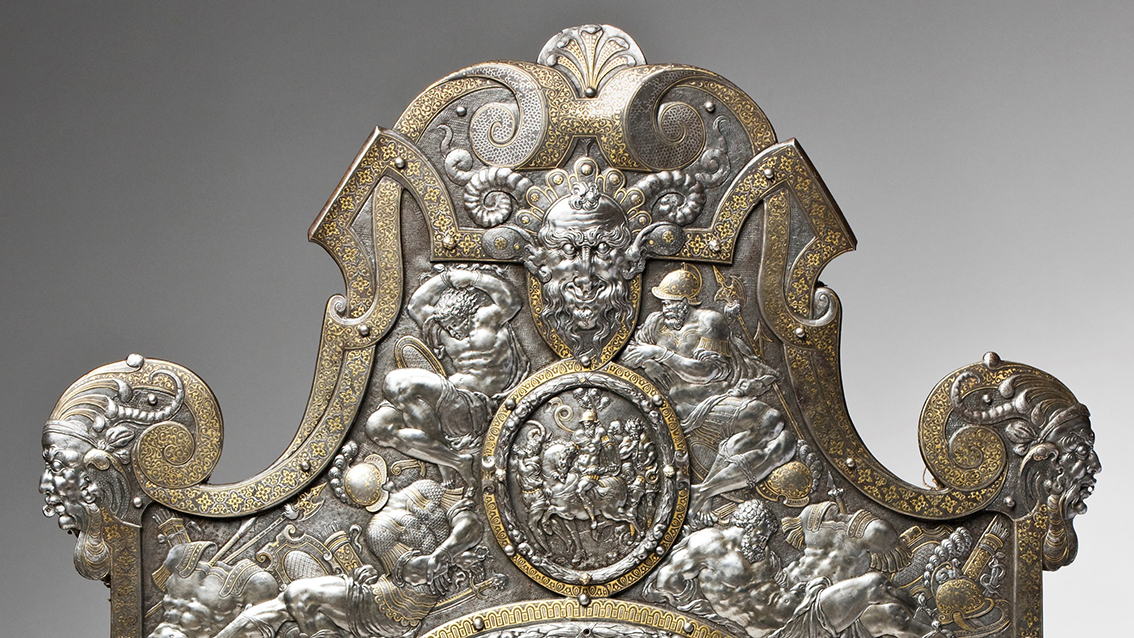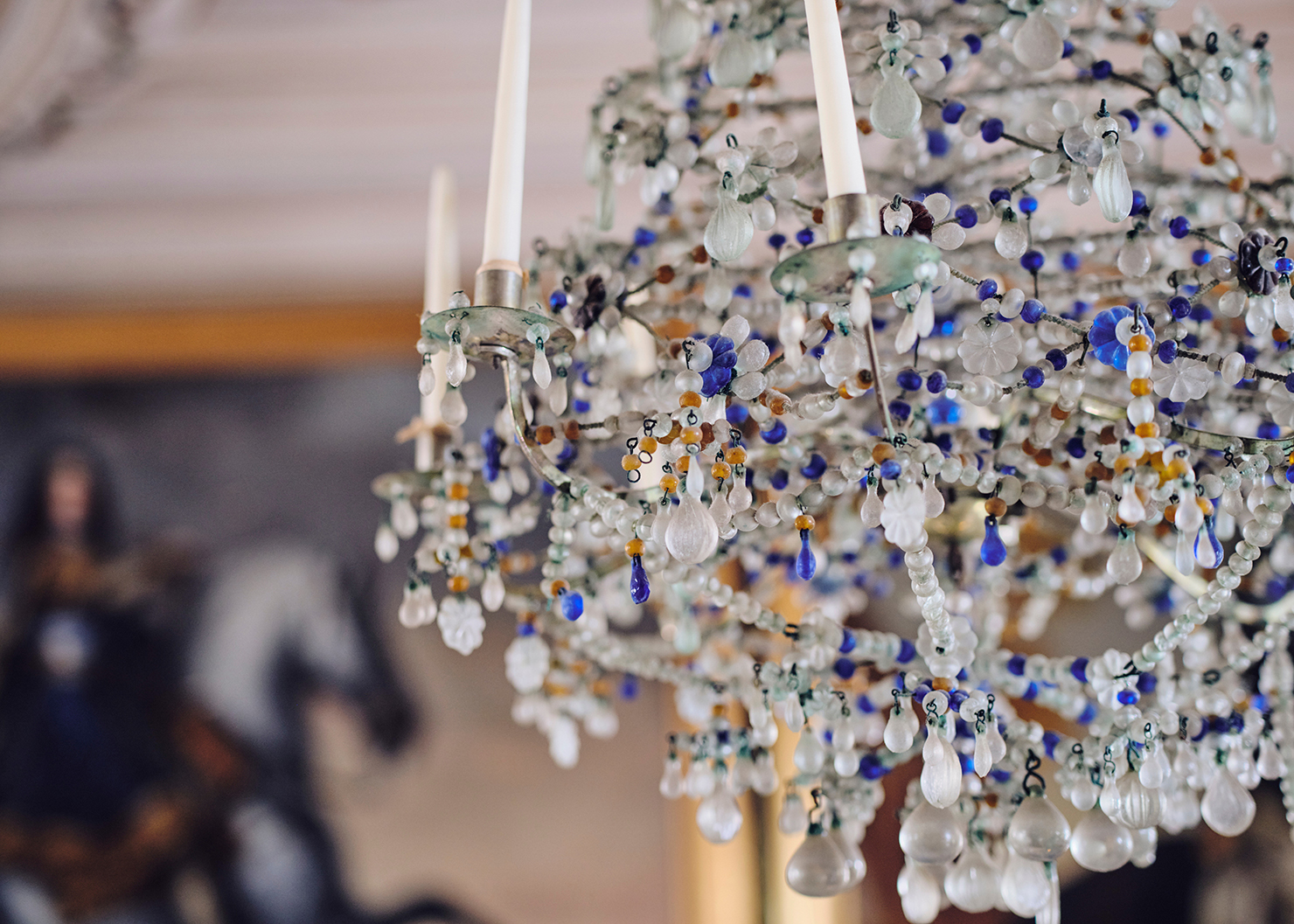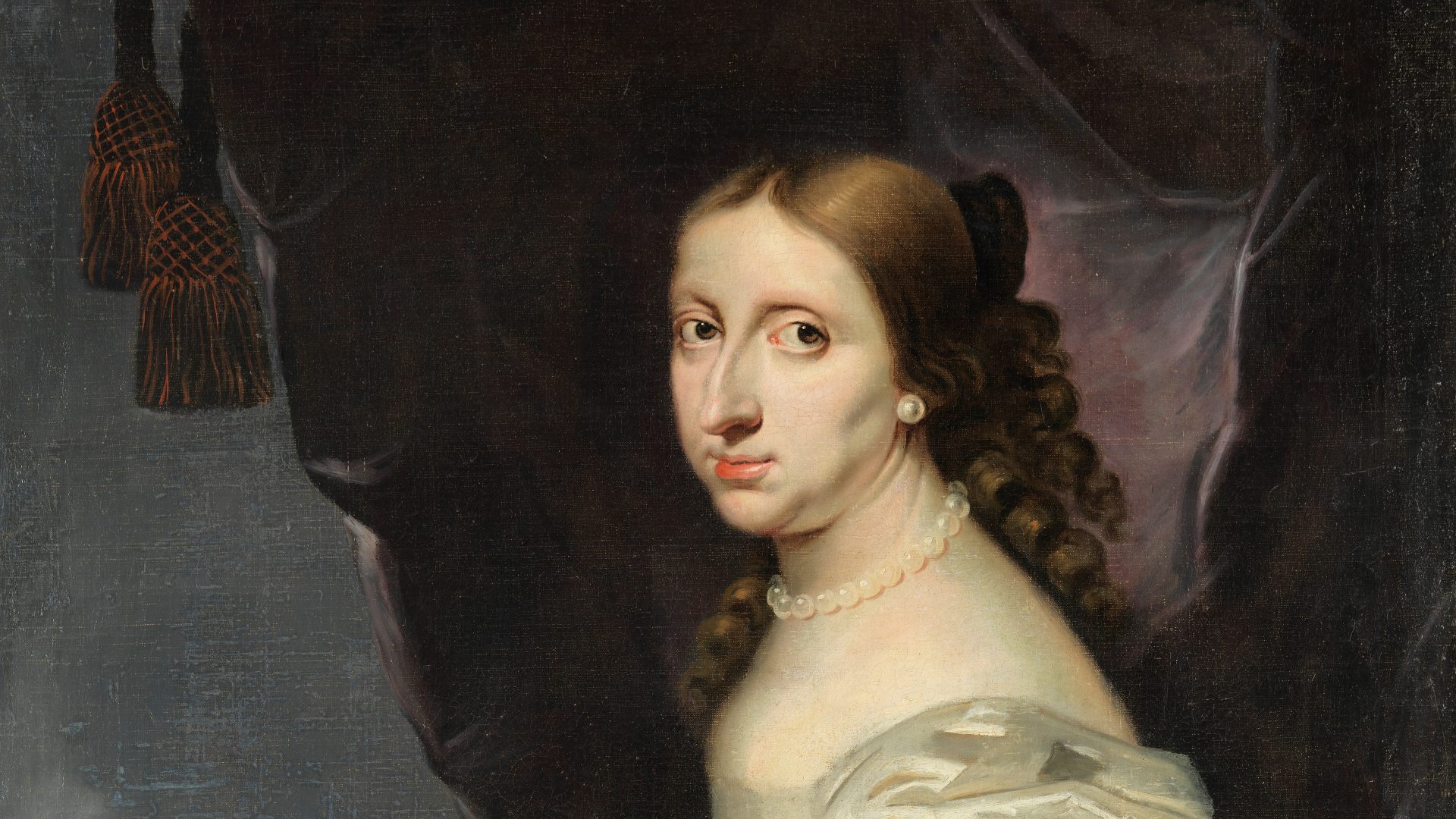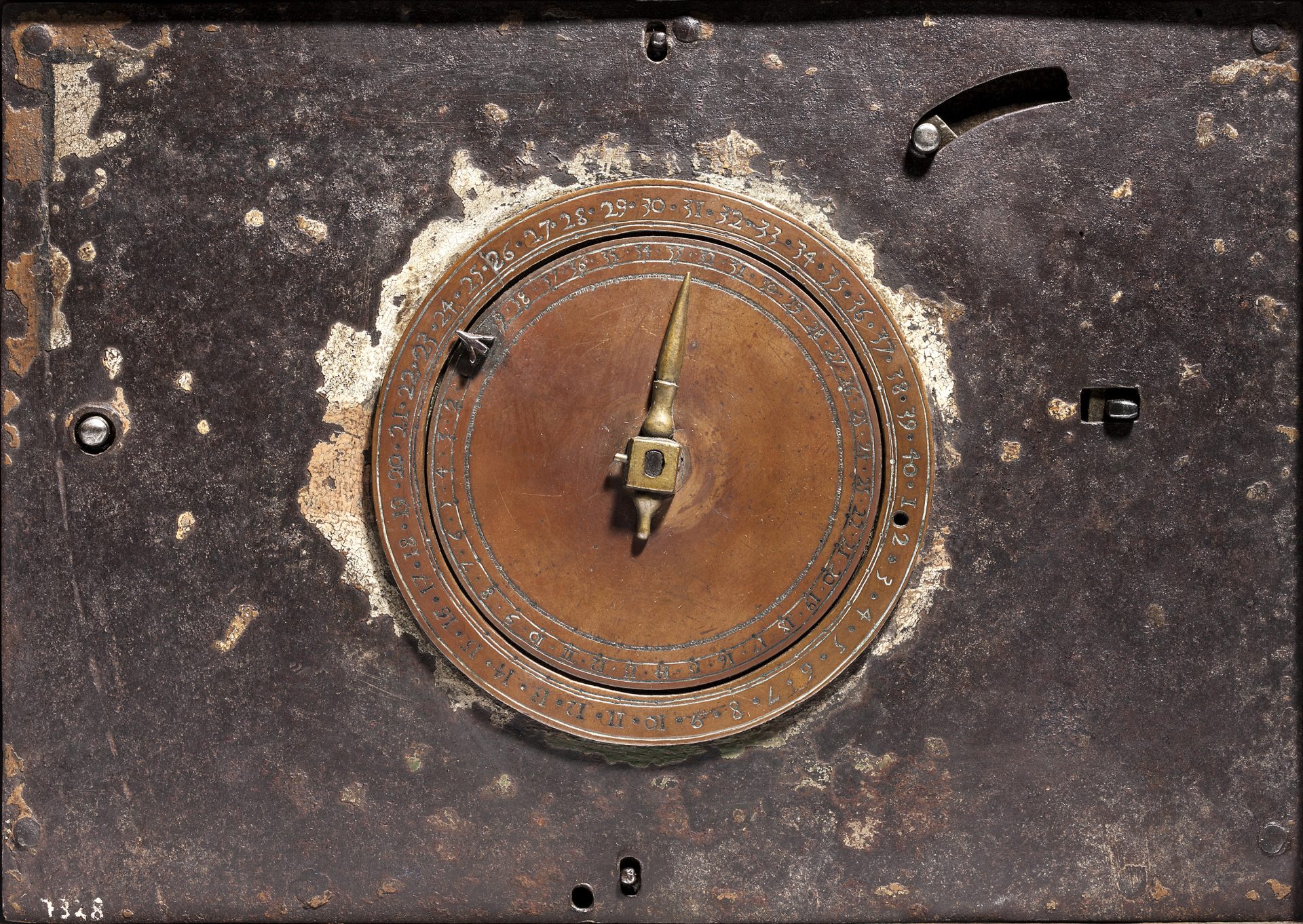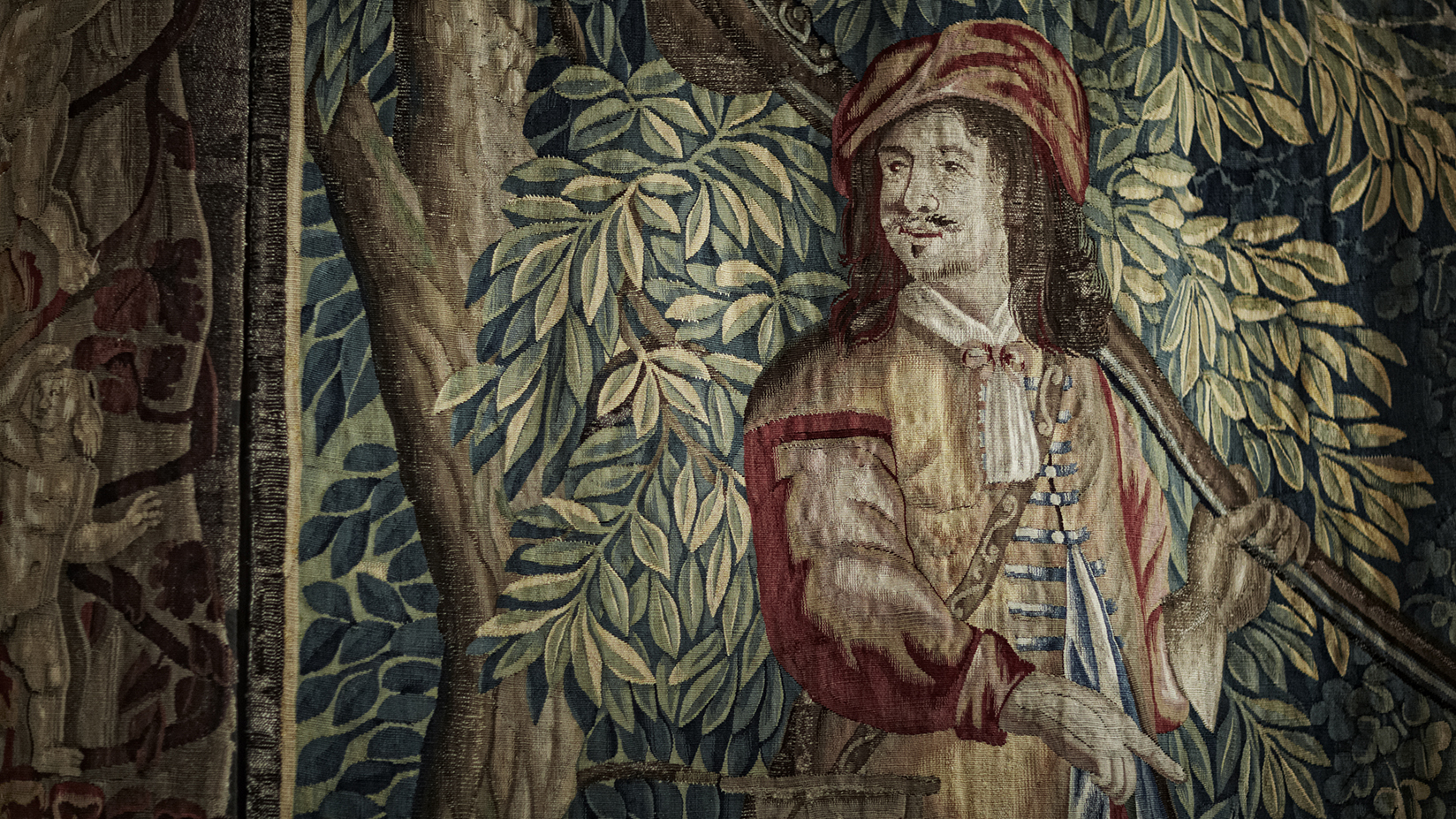
Tapestries
One example among the many woven tapestries at Skokloster is the group that was ordered by Carl Gustaf Wrangel and Anna Margareta von Haugwitz from Maximilian van der Gucht’s workshop in the Dutch city of Delft. The order was confirmed by van der Gucht in a letter dated 15 January 1652 and the tapestries were to be delivered in May the following year.
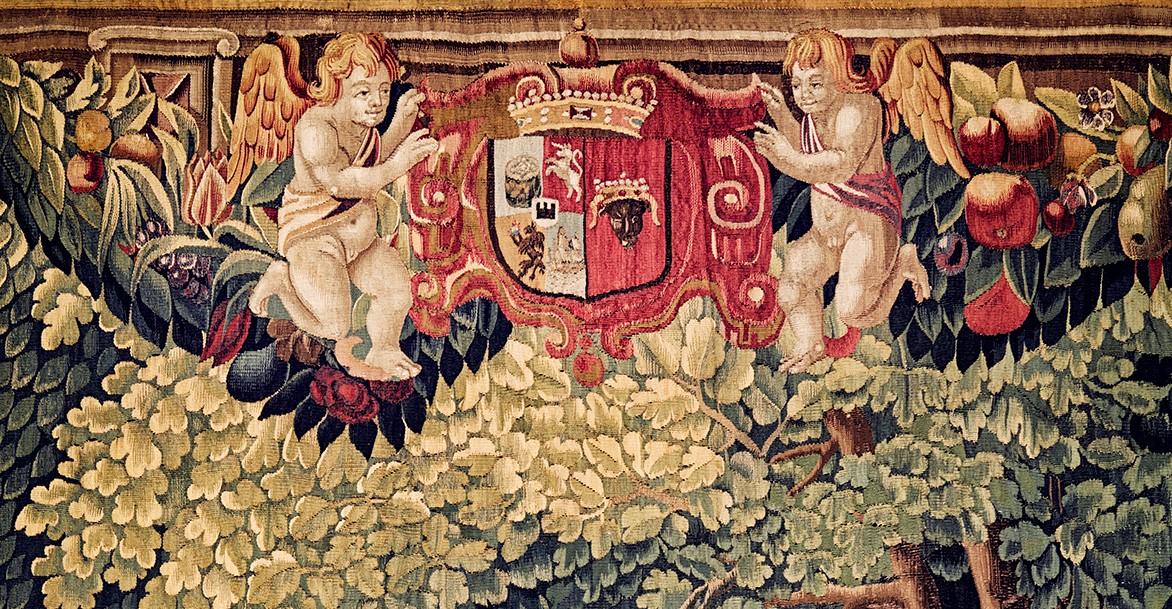
The tapestry group, known as “The English Hunt”, is in seven parts. The motifs depict hunting of different kinds in the midst of lush green nature. As so many hunting motifs of the time, the tapestries equate hunting for animals and for women. The Wrangel and Haugwitz coat of arms is woven into the upper edge of each piece. The tapestries are of wool and silk and woven with the tapestry technique.
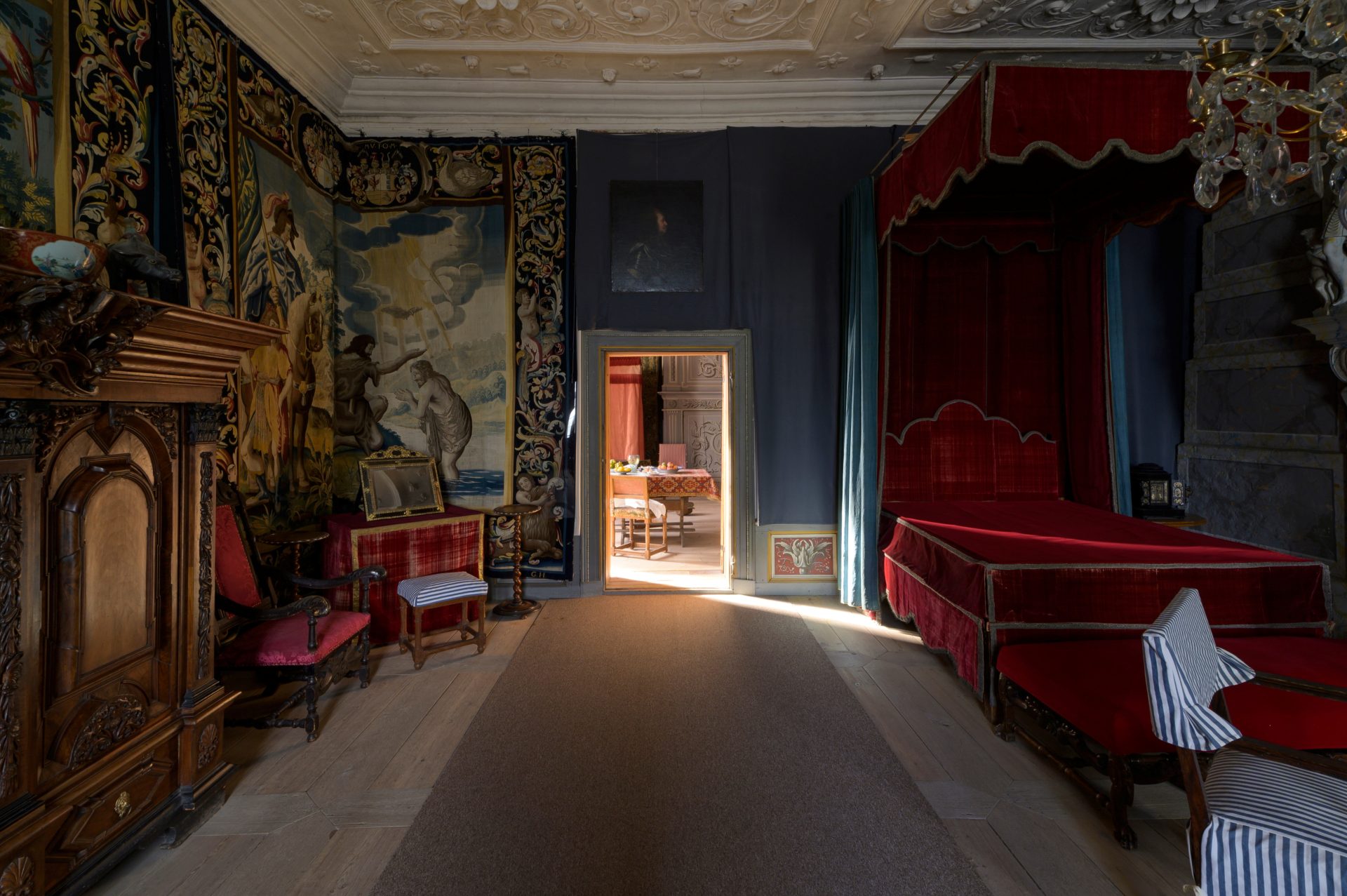
There are other sets of tapestries at Skokloster Castle. One of them is a war trophy from Denmark and depicts motifs from biblical history. Another, a gift from Nils Bielke, depicts scenes from Alexander the Great’s life.
